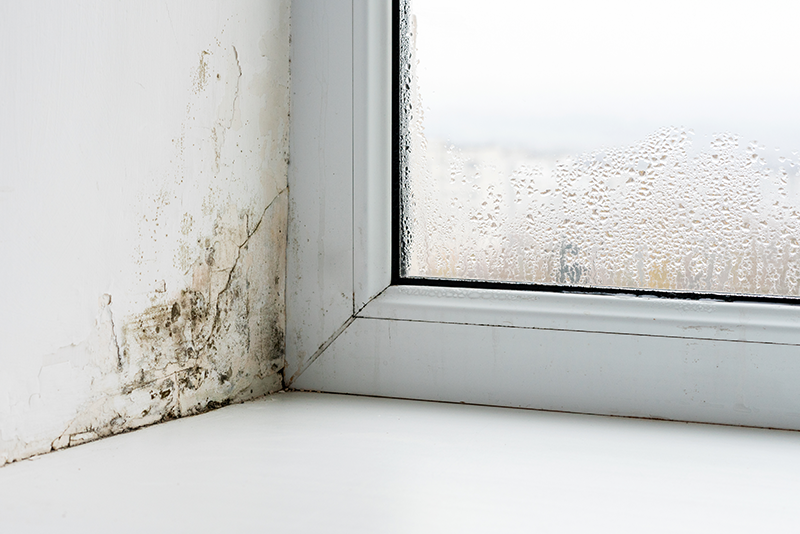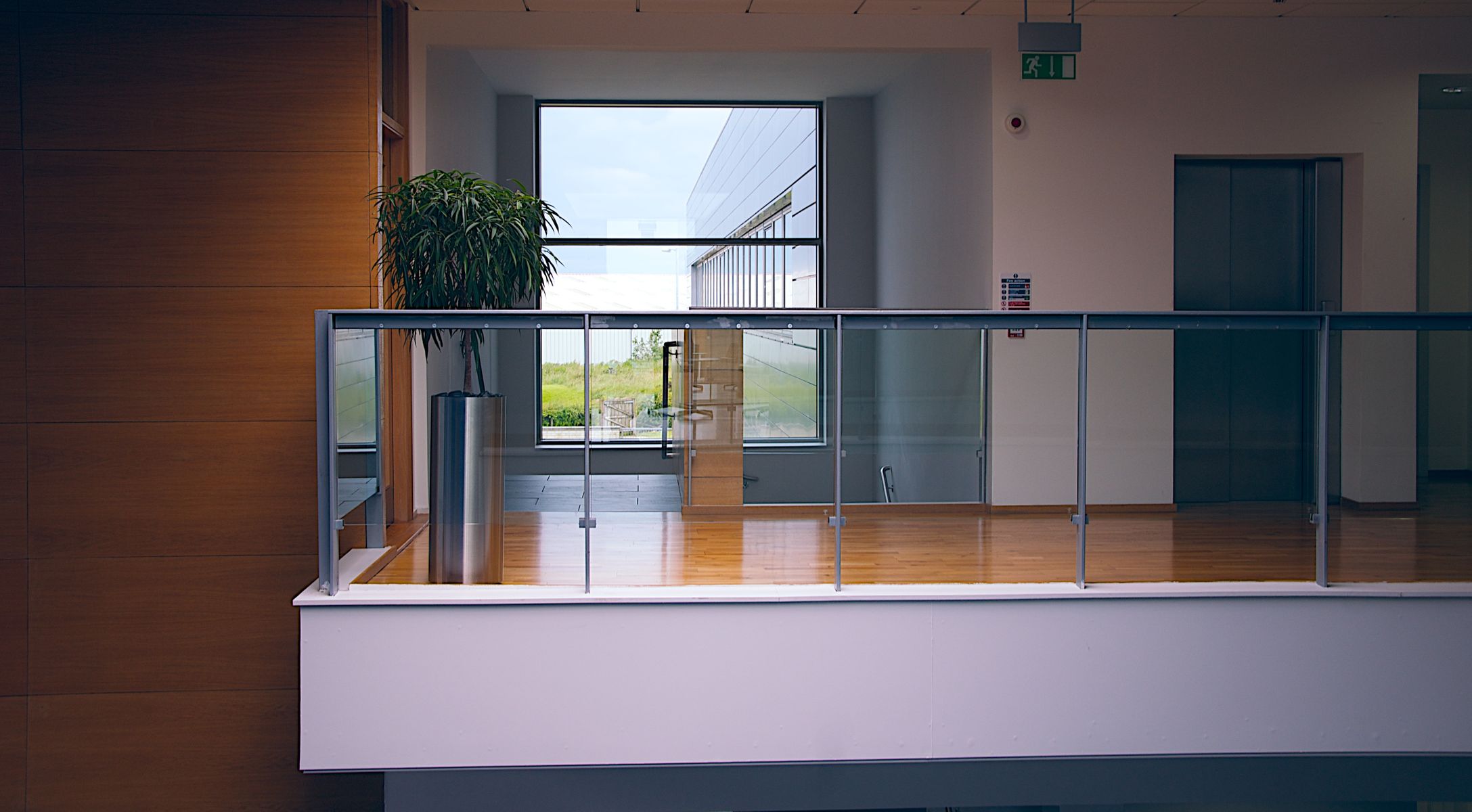In an article by Taskforce, an independent inspection company, it was revealed that after reviewing all of thir rental minimum standards inspection reports, Taskforce found that mould and dampness was the most common category of non-compliance to date, with 32% of inspeced properties falling short of the specified standards.
OWNER AND PROPERTY MANAGER RESPONSIBILITIES
When condensation and mould result from structural issues, the owner is responsible for repairs, and it is the Property Manager's duty to inform the owner.
Common structural issues causing mould include:
- Leaks from surface water, roof tiles, or faulty pipes
- Lack of ventilation under floors or roof spaces
- Cracks in building foundations or rising damp
- Debris build-up in gutters causing overflow
If a renter's personal property is damaged due to mould caused by structural problems, and the rental provider has not taken steps to prevent it, they may seek compensation.
RENTER'S RESPONSIBILITIES
When condensation and mould are caused by renter activities, such as:
- Failing to clean up water spills or allowing moisture to accumulate
- Not using ventilation during cooking, showering, or drying clothes
- Failing to wipe condensation from windows or dry carpets after they become wet
In these cases, it is the Renter's responsibility to maintain cleanliness, address moisture, and ventilate the property to avoid mould growth.
UNDERSTANDING MOULD?
Mould, a type of fungi, plays a crucial role in the Earth's ecosystem. While mould itself is not toxic, the mycotoxins it produces can be. Exposure to certain types of mould can lead to various health issues, making it imperative to address mould growth promptly.
HOW DOES MOULD GROW?
Mould thrives in damp and poorly ventilated areas, making it a common problem in homes. Understanding the sources of moisture, such as leaks, rising damp, and condensation, is key to preventing mould growth.
PREVENTATIVE MEASURES FOR RENTERS
To reduce the risk of mould in your rental property, consider the following steps:
1. Open windows and doors to circulate air, especially in high-moisture areas like the bathroom and kitchen.
2. Regularly clean surfaces, dry clothes thoroughly, and ensure sunlight enters your home.
3. Use extractor fans when cooking or showering, and wipe away any visible moisture on windows or walls.
REMOVING MOULD SAFELY
If mould is present, first address the moisture source. Use protective equipment and effective cleaning solutions to remove the mould. This process helps ensure the mould doesn't return.
CONCERNS FOR RENTERS
If you're a renter facing mould or condensation issues, contact your property manager for guidance. Addressing the problem early can prevent health risks and property damage.
STEPS TO REDUCE MOULD IN YOUR PROPERTY
Explore a range of preventive measures, from opening doors and windows to keeping surfaces dry and allowing sunlight into your property. Taking these steps can significantly reduce the risk of mould growth.
Open doors and windows at the property to allow air to circulate, particularly in the bathroom during cool weather
Keep bathroom walls, showers, shower curtains, baths and basins as dry as possible. Open the door to allow air to circulate through the room
Clean your bathroom and property regularly. Wipe away moisture on windows and walls to keep them dry
Allow sunlight into the property as much as possible, especially in the bathroom, laundry and kitchen
Wash and dry damp clothes, and dry and air damp shoes outside as soon as possible. To prevent green fluffy mould on clothes and footwear, ensure that they are thoroughly dry before storage. Leave your wardrobe doors open where possible
Remove fruit and vegetables from the plastic wrapping and refrigerate within 27 hours. Discard mouldy items. Keep fresh food in sealed containers or use cling film
Clean the evaporation trays in air conditioners, dehumidifiers and refrigerators frequently
Do not run evaporative air condition systems with water during times of high humidity (over 65%). If the air is feeling humid, run the evaporative air conditioning system without water. Always ensure windows are open when running an evaporative air conditioning system
Regularly clean carpets and rugs in the home to prevent mould spores. Use a High-Efficiency Particulate Air (HEPA) filter vacuum cleaner. Most new vacuum cleaners include HEPA filters
If water leaks or spills occur indoors, it is important to clean and dry the area immediately to help prevent mould from growing
Ensure the property does not have any water leaks that are visible. Report any leak to the managing agent
Dealing with condensation and mould in a rental property requires a proactive approach from both renters and rental providers. By understanding the causes and implementing preventive measures, you can help maintain a healthier, mould-free environment. If you are a Rental Provider or Renter experiencing mould issues, reach out to our dedicated Maintenance Team for assistance and advice.










